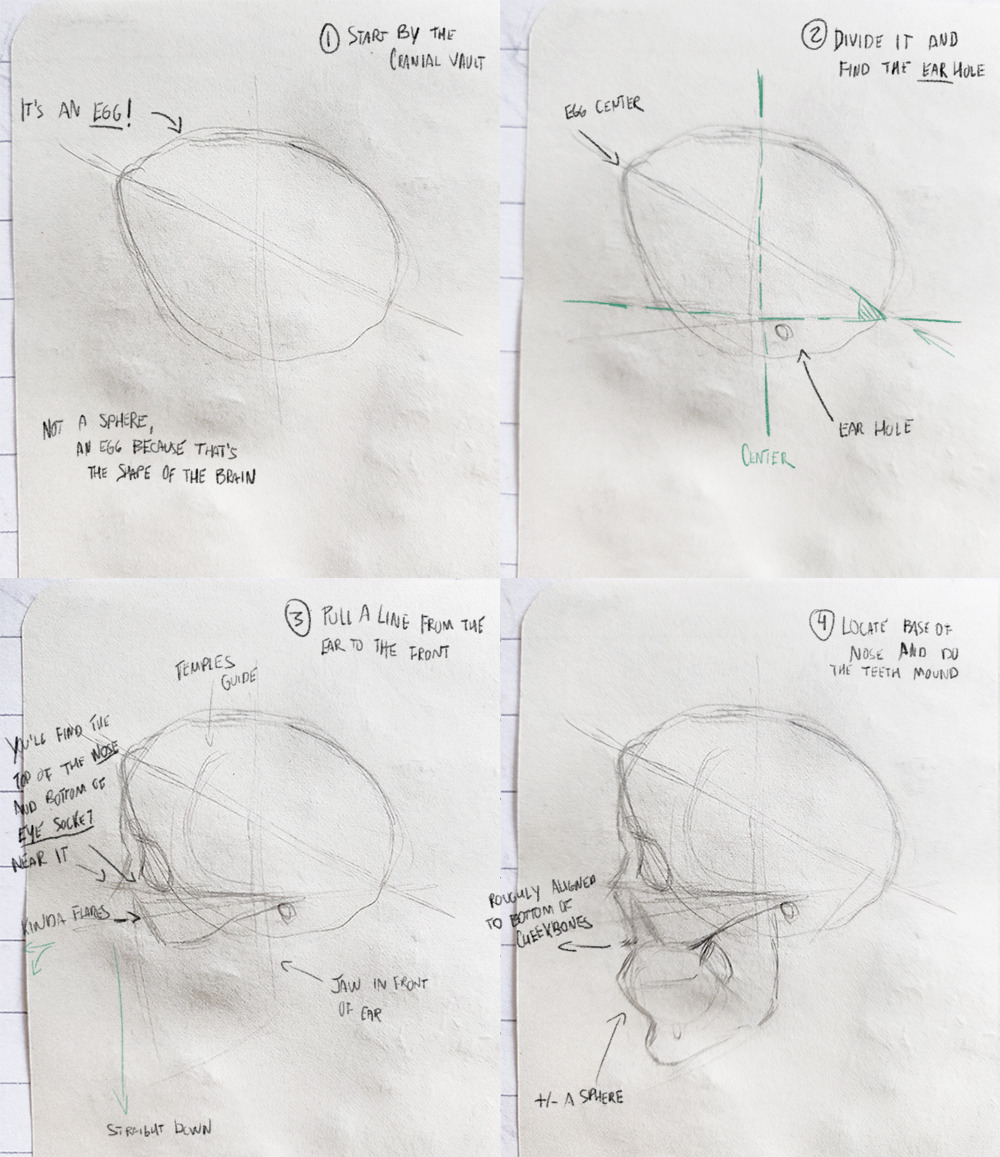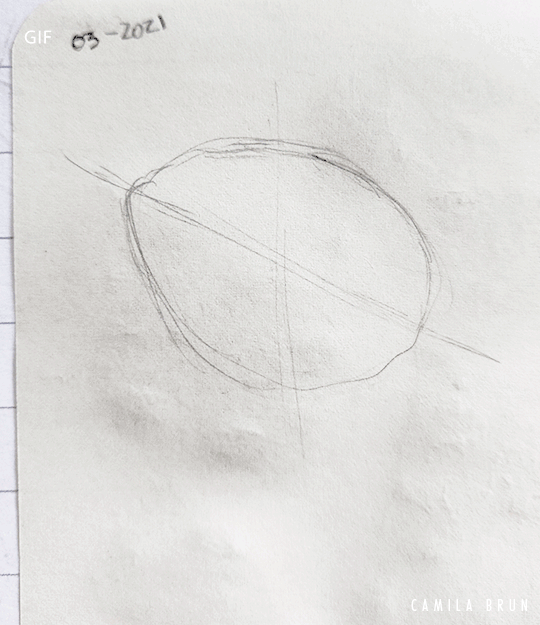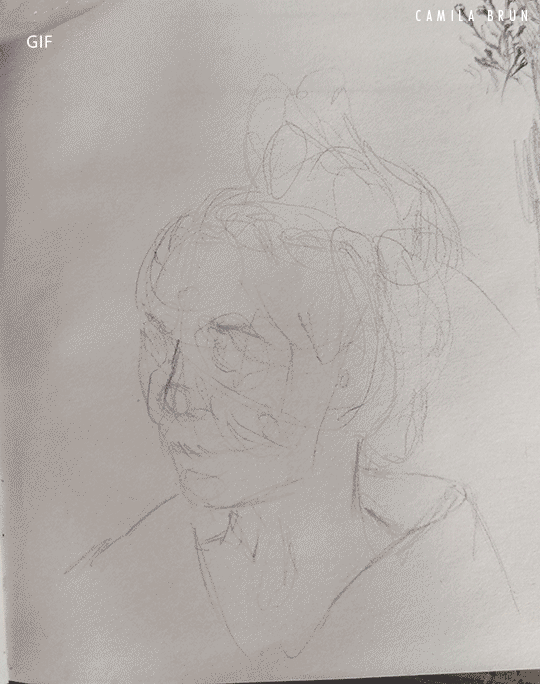@mods I posted 4MB worth of images. Please let me know if it's too heavy and I'll replace the heavier gifs with links.
@catbirds Birds, unite in a non-Hitchcock way!
@wavewright62 I like birds. They're adorable and fascinating. Let me rephrase: I feel silly with this username. Sweet usernames don't suit me. I'm too sarcastic for it!

I don't mind welcoming avatars though and decided to swap that painting with it. She was creeping me out.
@thegreyarea Thanks! Skip past the veritable walls of text and you might spot interesting things.
 @Jitter
@JitterThey are there, for example faces of characters in books I read, each has a definite personal appearance. But if I try to look at the details, they disappear. So even though it definitely is a visual image, still part of it is “knowing” what there is in the image rather than “seeing” it.
This sometimes leads to weird consequences when I see a period in real life who looks exactly like my mental image of a character in a book. If it’s one I have read very recently or even am currently reading, it’s very confusing for a second 
This used to be another source of endless puzzlement! For a start I can't fuzzy-imagine people I've never seen. Like, there's this famous concept artist who once in a Q&A answered something about where design ideas came from by stating a lot was from imagining what he read in fantasy books and all I could think of was:
*despair-waving hands in the air*
What on earth are talking about?!
@Sc0ut Thanks! I love the raw energy in painterly paintings and sketchy sketches and can't help but chase it when given the chance.
My experience of drawing and painting is that often I'm just as curious and excited to see what the end result will be as someone who is watching. Of course, there are exceptions, and especially watercolour painting has taught me to plan ahead and visualise as much as I can before starting, reference use makes things a bit more predictable, and there is the occasional image that comes fully formed into my mind, too, but that's rare (unfortunately, since those tend to be my best pieces). My digital painting process often is like sculpting with coloured clay and there are times where I absolutely have no idea where it will take me when I start.
This describes perfectly how I feel too. But instead of having my best pieces due planning it's a mix of familiarity with having sorted out a good mental list of things to include that might go well together, with either luck or an overwhelming amount of effort to make up for the absence of either. And I know no replacement for the lack of inspiration, aka that sensation I'm trying to paint.
And second, do you mind talking a bit more about the things that clicked into place for you?
You're so going to regret asking this. Are you seated comfortably? Do you have enough food to get through the winter?

I broke the answer into topics so at least it's easier to scan.
Short Answer1. I realized you don't need to lay down all lines before shading. There's no Correct™ order of doing things you're supposed to follow. What I need are handholds I can death-grip as I move to the next area: a ghost fill, squiggles depicting volume or future shadows, anything that can hold room for the things I didn't draw yet. And it's no coincidence that these handholds tend to be the things that are
useful to me—I can't see (imagine) volume in classic boundary lines, after all.
2. I suck royally at starting by the eyes. That they're the foundation and the first thing you detail in most "how to draw a face" methods, including Andrew Loomis' and George Bridgman's, is unfortunate. I'm enjoying leaving them as vague eyebrow derived shadows and starting by the nose, then down the lips, with temples and cheeks being of utmost importance, followed closely by hairline. I have yet to settle into a most comfortable order. Experimenting is fun!
3. I quit being an ass to myself.
Long AnswerI'm going to preface this with the fact that what worked for me may not and will likely not fully work for you not because there's the need for one of those "I'm washing my hands" disclaimer but because understanding my weakest points, embracing them and making use of my strengths rests at the core of this answer. I kludged and tailor-fitted solutions out of assorted bits of knowledge for issues I was long aware of but only came to fully understand now. You'll have to do the same.
Don't stop at recognizing you have an issue (eg. "I can't draw a proper face" or "I can't see volume in lines"), try to identify the exact moment it becomes unbearable enough you put the pencil down. Are the
boundary lines that are you giving you a hard time? (what about skipping them?) Is drawing
eyes the point everything falls into the wrong position or size? (how about starting from a different point?) The more closely you examine the issue—without passing any judgments but just trying to find a detour—higher the chances of finding it.
Skulls!What you said about skulls seems very useful and fills me with hope because I have similar problems with consistently placing features correctly on a face (especially when it comes to keeping characters' faces consistent from one angle to another, and distinct from other faces that are similar). I will practice drawing skulls until I can draw one from memory, as my next exercise for a while. Do you find it intuitive to draw skulls or did you need lots of practice for them?
Having established I have issues with lines I thought about how I paint. I instinctively try to feel the volume of bone, muscles and fat in a face. Hence skulls, the foundation of everything.
I was terrified of trying to draw skulls. How
do they work?! Identifying bits I can't even name is fairly instinctive, drawing them wasn't at all. But this is one of these moments where stars align and just as you realize you need something the universe Deus Ex Machina the answer for you!
The realization came at the same moment I was shown a method of drawing skulls that really clicked with me.

It clicked with me because it can be adapted to any phenotype and still make sense. It has all the landmarks I like—temples, cheekbones, that point of muscular insertion at the edge of the jaw, and the
superciliary notch.
When drawing from the front bear in mind the eye sockets are rounded squares. I don't bother when using as a face base because I like to use the temples and the superciliary notch to orient myself instead. I also like to do a quick soft circle to establish the
squamous part (I don't know if there's a proper name for the region I'm trying to describe) is because it makes for interesting foreheads.
Full time lapse:

Once I learned this method and that I'm able to draw skulls, did it become intuitive? Hm, I don't know. I do feel comfortable, relaxed enough I like to load random references from different ages and ethnicities and angles and sketch them as a warm up and sketchbook gap filler.
The Skull Under Every FaceOkay, can do skulls. Now what?
The width base of the nose cavity is the roughly equivalent to the width of the nose itself. That's usually where I start, sketching the nose volumes. The superciliary notch will tell me where the eyebrow is, I cast a ghost shadow from there. I also ghost the position of the lips and often do them already because I'm comfortable in drawing that part. I outline the relevant fat pads and muscles for the given face with quick and loose swipes and start to cast shadows from them.
Basically I'm extracting volume out of the bones and muscle/fat. Shading is like playing catch with values: I go from softer to darker shades. And placement misfires still happen for the time being, they just occur in a considerably smaller scale. That means I can recover from them, if not make it look on purpose.

Locating fat and muscles are is super helpful with expressions!

Something to keep in mind when going from skull to face: The face is
thick. Areas right above the bone like the forehead have at least ~5mm. Check out time-lapses or videos of forensic anthropologists working if you can and you'll see what I mean (they work with clay and it's not icky usually).
For method comparison purposes here are all versions of the first portrait. The first was the first sketch I did in some years.
 March 19
March 19. No skull underneath. I used the default "draw a line from middle of a ball to..." method, at a time I still thought I had to do all lines first. I wanted to render some volume but had no idea where to start, put far too much pressure on the lines, plus was acutely aware she didn't resemble the
reference at all, feeling so absurdly stressed due the amount of effort I had to pour into it that I just noped out. This sketch is close in quality to the very best sketches I ever made before it; this was the hard cap of my ability.
March 21. The second one has a tentative skull underneath from the time before I had a method for skulls. I started to entertain the possibility I could skip boundary lines; I used shading as guidance—on purpose!—for the first time. She still doesn't look like the reference but it's not bad for the considerably smaller amount of effort I had to put into it. I was happy. The portrait had volume going on.
March 26. Latest attempt made to demonstrate the method described above. This time I f—ked up. What? It happens!

Went too hard on the values too soon and ended being forced to darken everything more than intended. This is why I'm spitting out so many sketches, it's to get a firm grip on values so I can move to something else. Accident notwithstanding I'm happy with it. Barely no stress when drawing except for values hiccup and she kinda resembles the reference, even if I'm not aiming for accuracy just yet. I don't get contours of the jaw right but it's such a relief to see most features remain where I initially place them. It feels amazing to just... relaxedly sketch something and *gasp* like it despite the flaws.
What brings us to item 3.
Remaining Motivated and the Perks of Not Being an Ass to YourselfThis one may not apply to you at all because it ultimately hinges on personality. It's going into a spoiler tag because it contains icky things like feelings, your attitude towards your own art, and no art theory and method at all.
I tend to be super hard on myself. I expect so much I refrain from putting myself down out loud or even in thought because I know it's unhealthy therefore Wrong, and I Must Never Fail, hahaha. I just feel bad: it's my fault, I'm lazy or undisciplined or am just doing something wrong, no words needed. Other people do just fine with the methods they're taught, why can't I? I'd engage in stealth self-depreciation scribbling "lol" or "X thing too Y" next every other sketch, almost as if apologizing to myself for failing again; and I'd go out of my way to preemptively point out flaws to whoever I was presenting my work to—because if I do it first they won't, right? This shouldn't hurt nearly as much if I'm the most savage of them all. Plus, if I can correctly point out the issues, which is the first step to fixing them, then I'm Doing Something Right!
I'm sick of apologizing. I'm sick of strangling any feeling of accomplishment with the awareness that I still got something wrong, then feeling like a phony when getting compliments because I had to fight so long and so hard to achieve that end result. Letting it truly sink in was a years-long process. It was not quite a moment of enlightenment, the pandemic and other rough things happening have a lot to do with it. I'm so worn out and the future is bleak enough I somehow don't have energy for this. I don't want this for me.
So I took things I already know, that I have told to other people and applied to myself.
- "Every artist has thousands of bad drawings in them and the only way to get rid of them is to draw them out"
It's absolutely true, I've been following other artists and seen their closely guarded studies for long enough I've seen the stumbles. This is not only about the possibility of failing or that you're bound to fail multiple times, this should also be about being okay to fail. It's okay if you get it wrong. When studying you're studying, you don't have to show it to anyone, you don't have any clients waiting for fantastic results, you don't need to have any expectations. You can try again in the future. This is a kindness I've repeatedly denied myself.
- "Get out of your comfort zone"
The intention is nice but this is often passed as "Throw yourself into an unfamiliar void and be prepared, it'll hurt!". C'mon, art is not suffering. What you want is to expand your comfort zone. So knowing you'll fail be picky about your failures: Make yourself as comfortable as possible and choose just one or two things outside your comfort zone at a time. We can juggle only so many mistakes at once and sometimes you'll get something you already know wrong. Take your time and manage expectations to keep them from overwhelming you.
+ I refrain from needlessly self-criticizing. I'll not stealth self-depreciate, I try to keep preemptive apologies for not creating a masterpiece to a minimum, only mentioning flaws when it adds to the discussion. Yep, I got X wrong. The person looking at it has eyes and can see it as well. Pointing it out won't make them unsee it nor make me any less embarrassed.
+ If it's of any help, know that what looks bad in isolation looks awesome in context. At some level I was aware of it from my paintings, but it also holds true for a page full of sketches. It's pure witchcraft!
I've been doing a lot of bait-and-switching too hahaha but hey, if it works to snap me out of a bad pattern it works!
Eg: To get unstuck I told myself that if I don't use those nice (and expensive here) sketchbooks they'll likely end up in the trash. It's not a threat or a punishment, it's acknowledging reality. They're starting to fall apart: some covers are flaking into dust, elastic gone, pages gutters getting crumpled on their own. Wouldn't it be a waste to let them go unused? I've been using pragmatic thinking against myself long enough, it feels nice to use to my advantage for once!
As soon I let go of my inner troll, started moving and allowed myself to feel shameless joy for little achievements it's like a dam broke and the knowledge pooled behind it poured into the pages. It was surprising, I've made leaps before but never something so drastic. Now the familiar feeling of steadily climbing a steep hill that is to learn something new returned.
The sensation of hitting an invisible wall as you reach your limits is gone. And I didn't overcome any obstacle—I accepted there are barriers I might never be able to climb then took the back door! :'D
And that's it. I hope this is helpful, if not for you for someone else in the future!
Tumblrdo you have a tumblr that you don't mind sharing?
I'm dumping batches of daily sketches here:
dimensional-knightIt was a blog meant for personal 3D and game work only but I don't have much choice and it's not like it's old enough there's anyone around to complain, hah.
I dislike the lack of control over your own content over there yet I don't have anywhere else to go. Of all platforms it has the greatest focus on content and most low-key amounts of interaction. I don't want a portfolio stand-in or a following. I'd love to throw studies in a place like the old
sketchbooks section of ca.org (cw: some sketchbooks may contain nudity), somewhere teeming with artists with which you can exchange art
rants secrets and watch their daily grind. It's a different atmosphere from social media where things revolve around profiles and artists tend to curate their content and show only their best to not clog their feed of their followers.